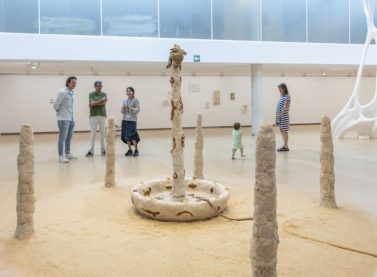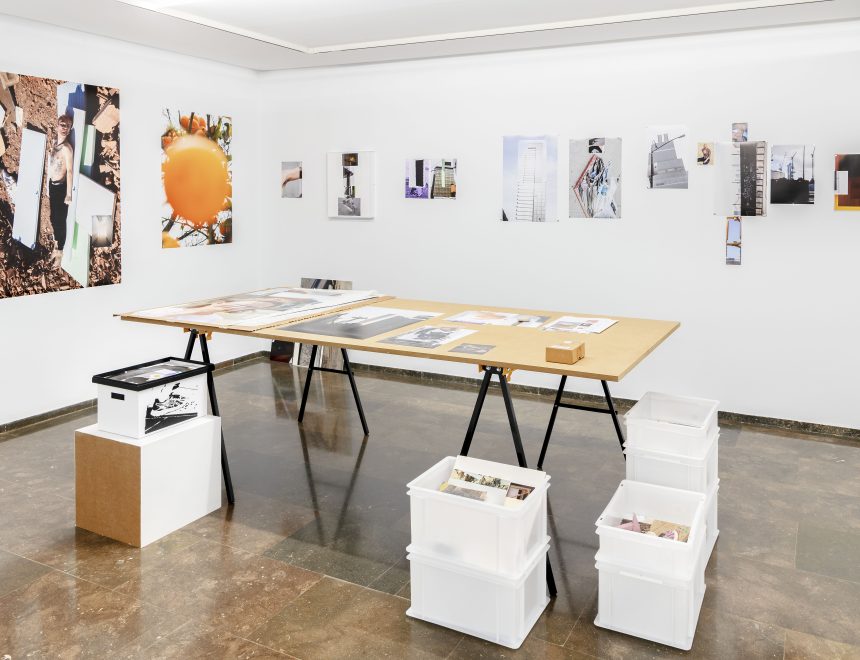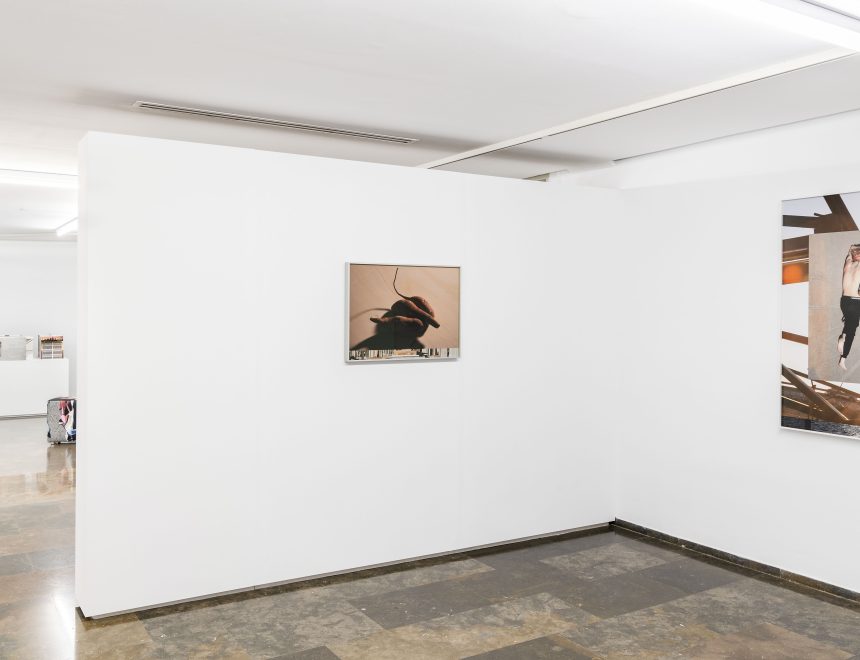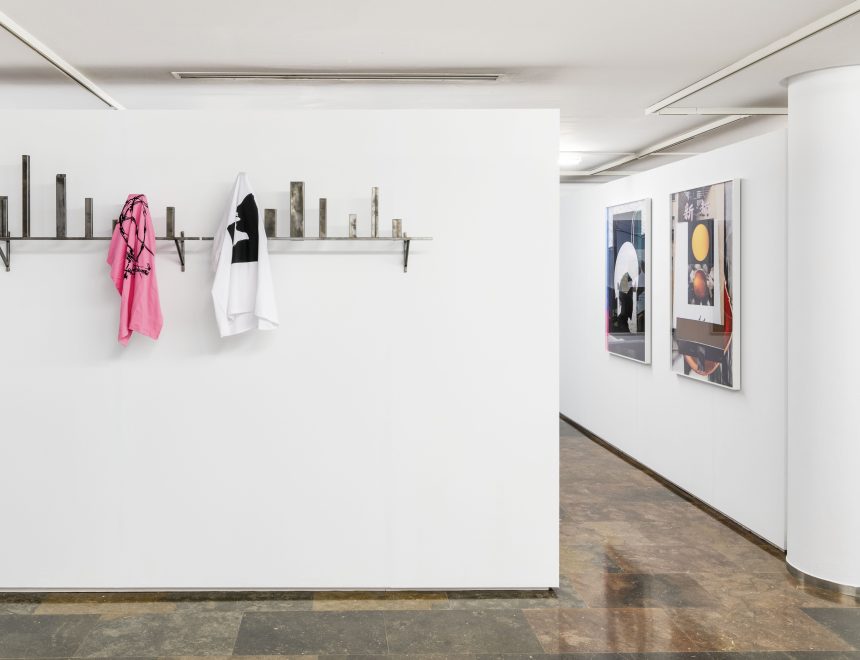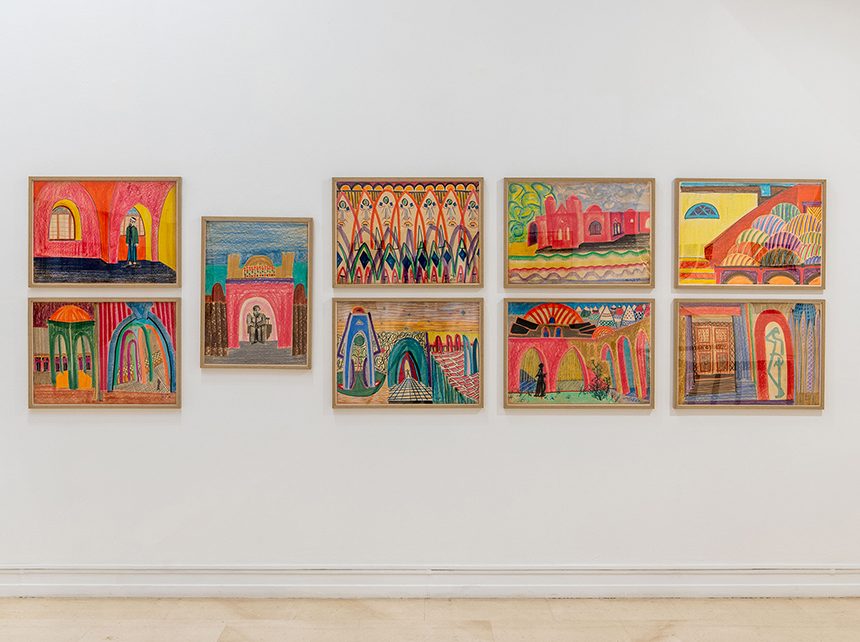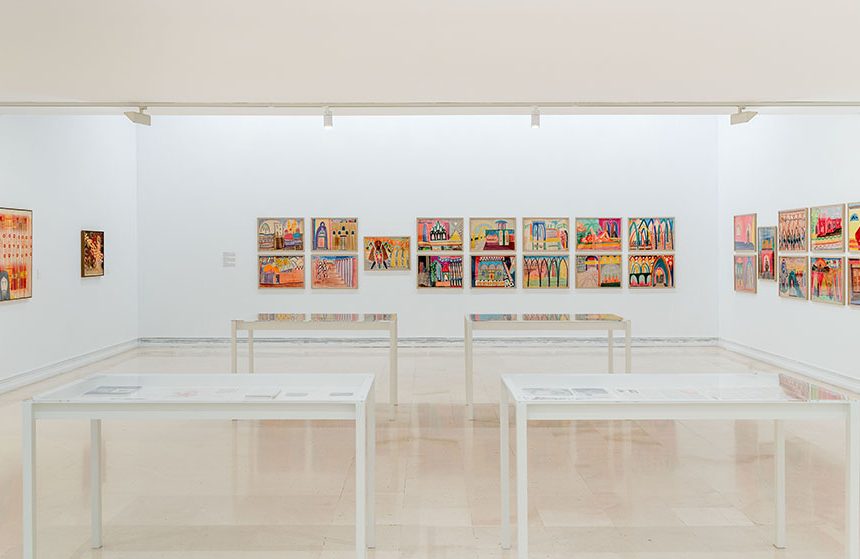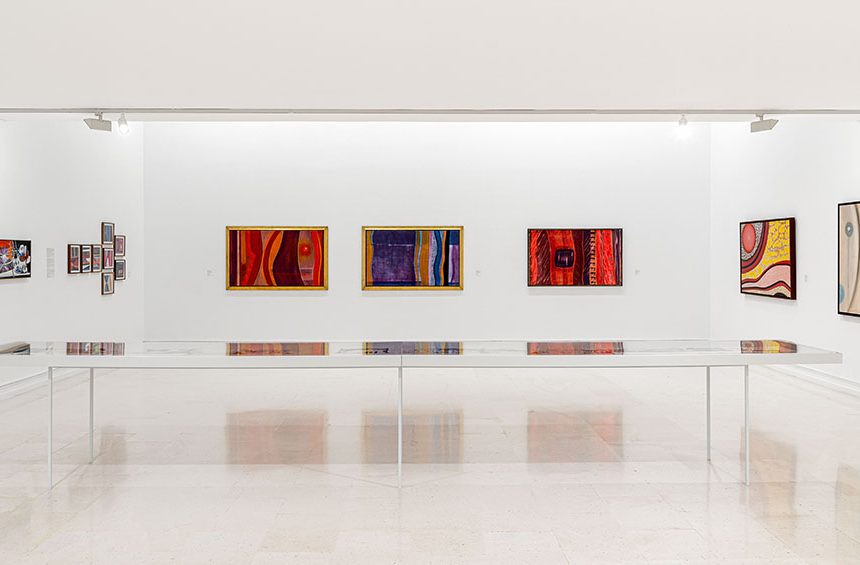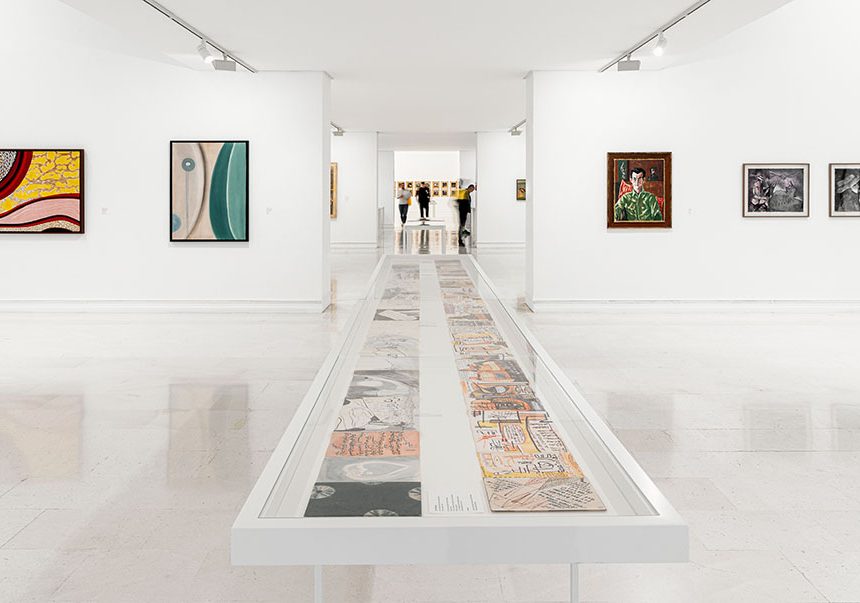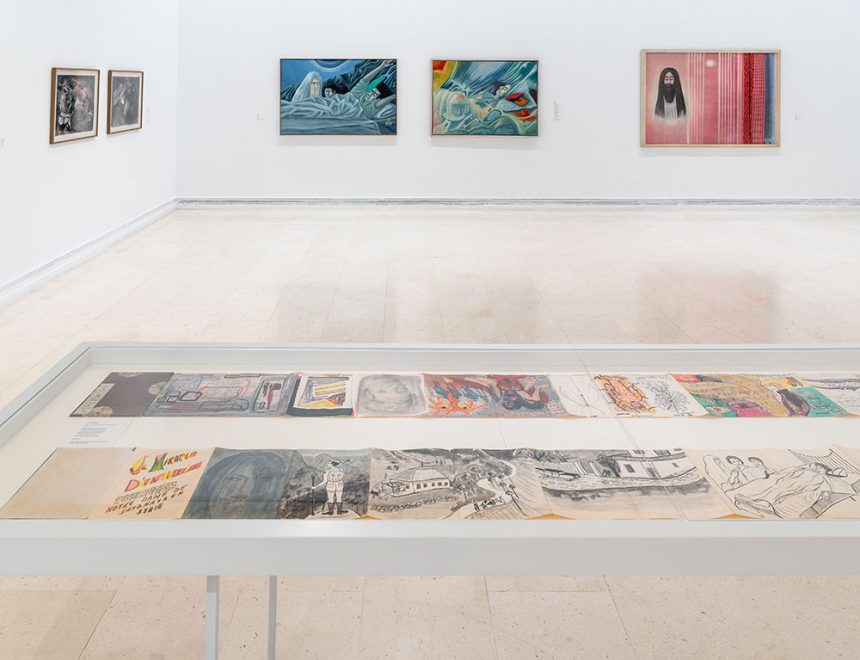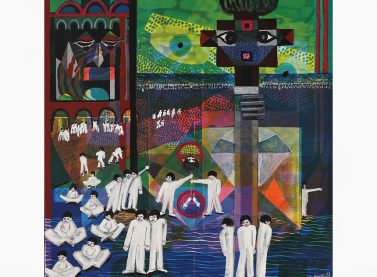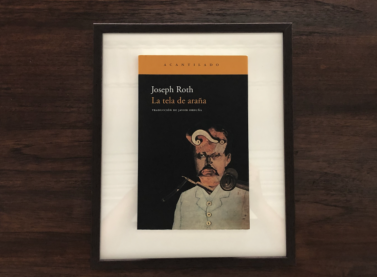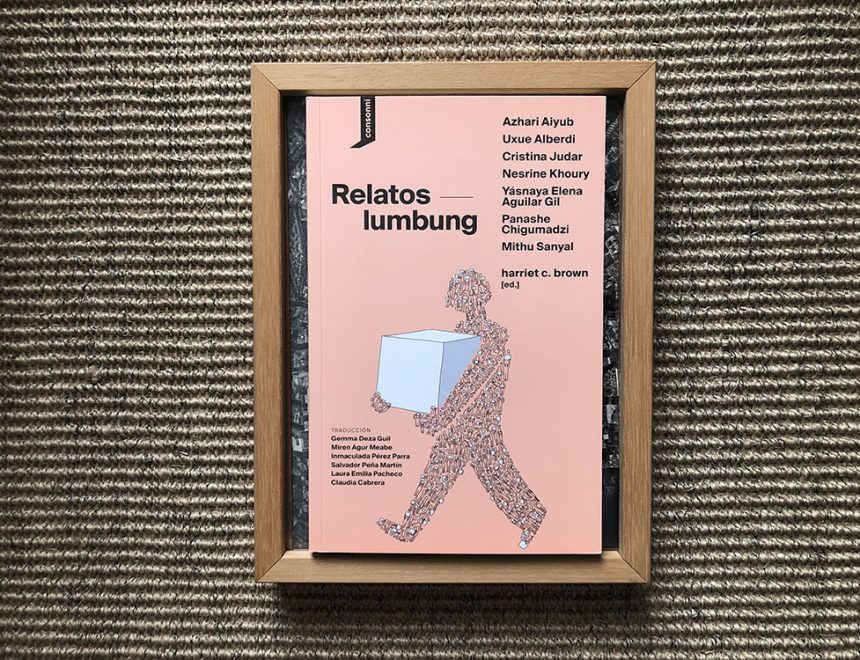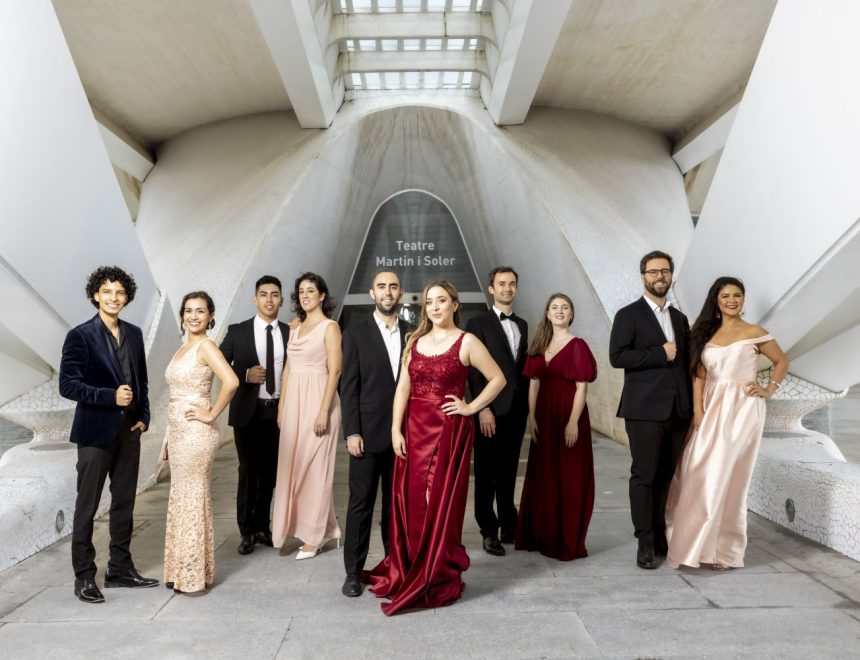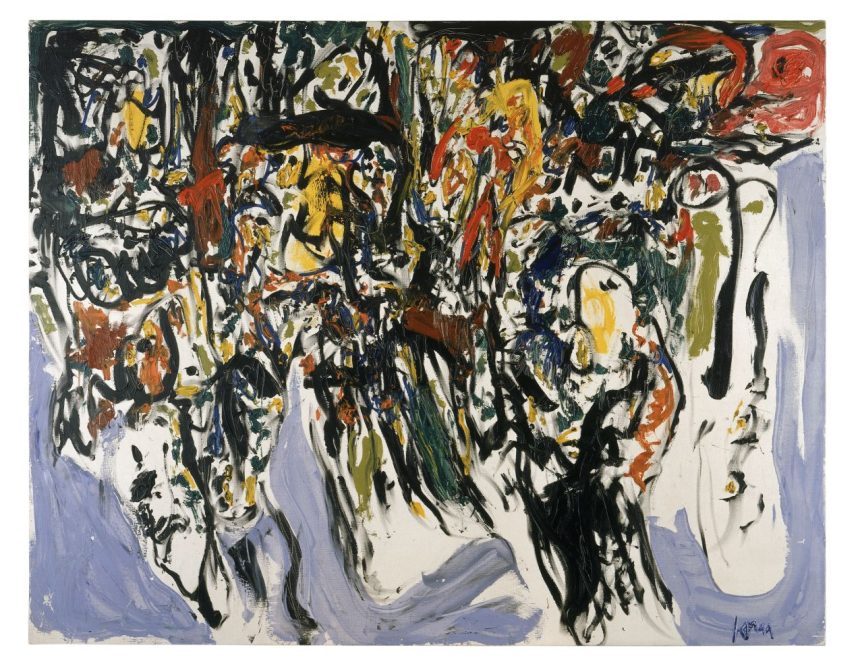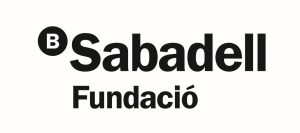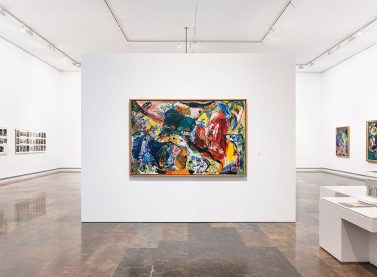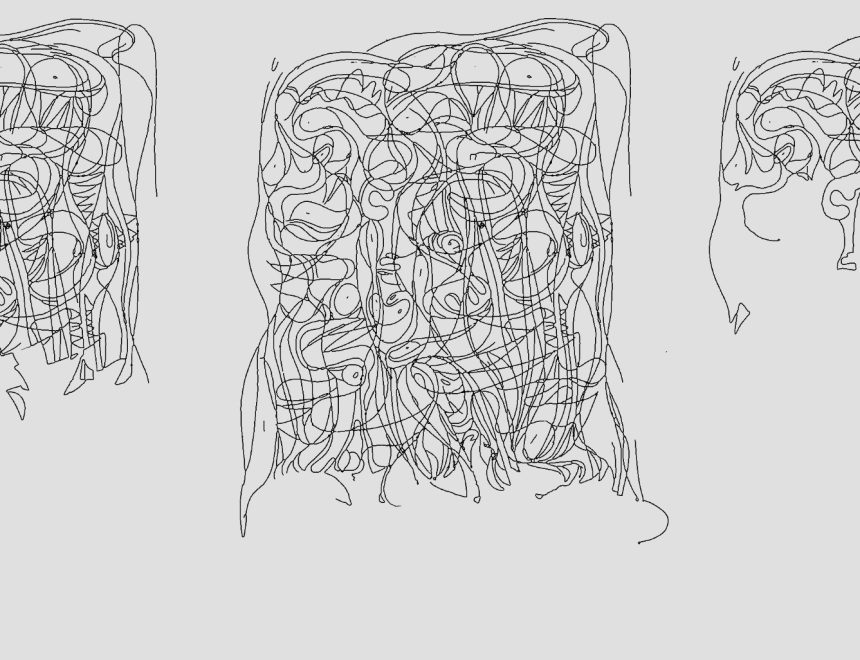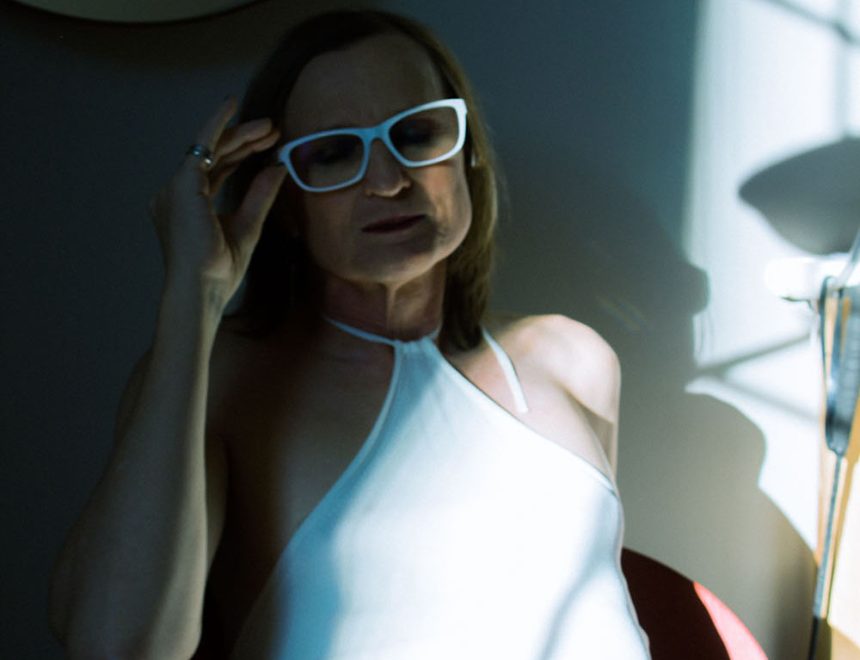POLIGLOTIA is a programme conceived as a creative, multidisciplinary process arising from the different languages and cultural practices in Valencia. We also see it as a space for meeting and mediation, in and with the museum, from a hybrid, intercultural perspective. We support the generation of content through participatory listening and the exchange of experiences and knowledge for the mutual enrichment of different groups made up of people with different backgrounds. We use their motivations and skills as the basis to build up a friendly, changeable space.
The programme is coordinated by Paco Inclán, a writer and teacher of Spanish to migrants and refugees, in collaboration with our department of activities and education. POLIGLOTIA finds inspiration in the atmosphere of a language class in terms of the will to understand and tell, the possibility of approaching other world views through language and relationships between people with their many diversities sharing the same space.
POLIGLOTIA 2021/22
In our first season we set up the Grupo de Estudios Políglotas, a platform for mediation using the twelve native languages of its members. We also organised a monthly programme of activities open to the public to transmit the idiosyncracy of POLIGLOTIA.
We ended with Inventario (The museum thinks together), esto enlaza aquí https://ivam.es/es/actividades/inventario-poliglotia/. Here, members created practices and dynamics through their different ways of doing, feeling and communicating, questioning and reinventing the museum.
POLIGLOTIA 2023. School of Diverse Knowledge
2023 began with the Escuela de Saberes Diversos, a meeting space and (self-)educational cycle where participants are introduced to issues of mediation and museum dynamics, also from an intercultural perspective.




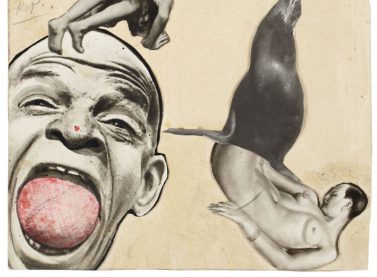
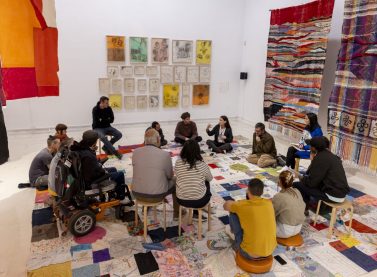
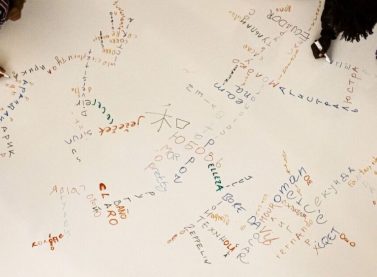
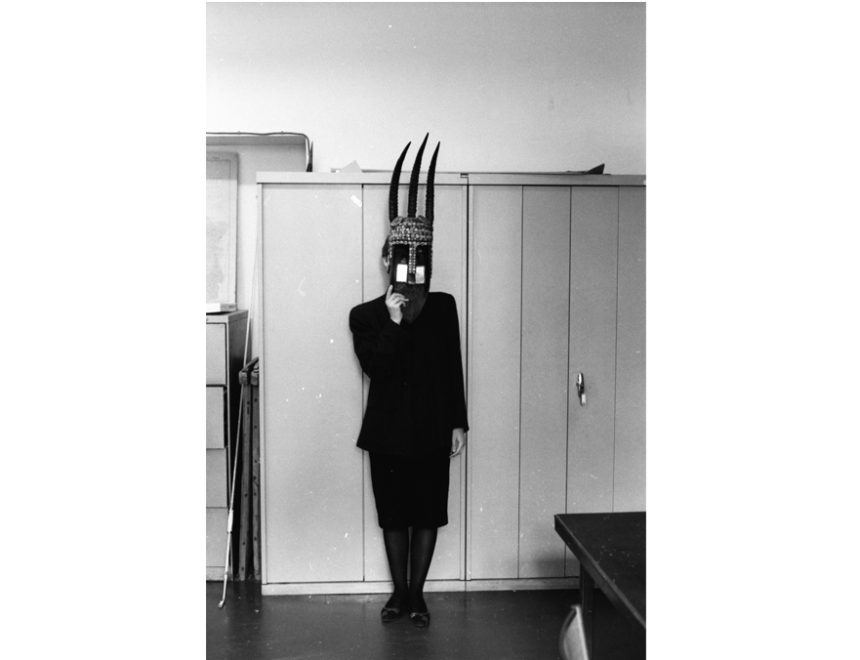
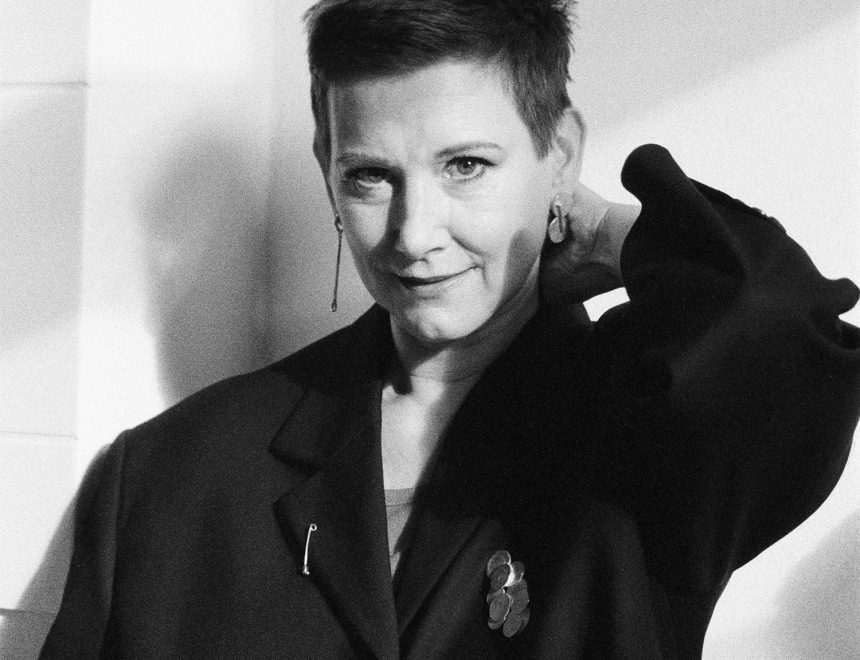
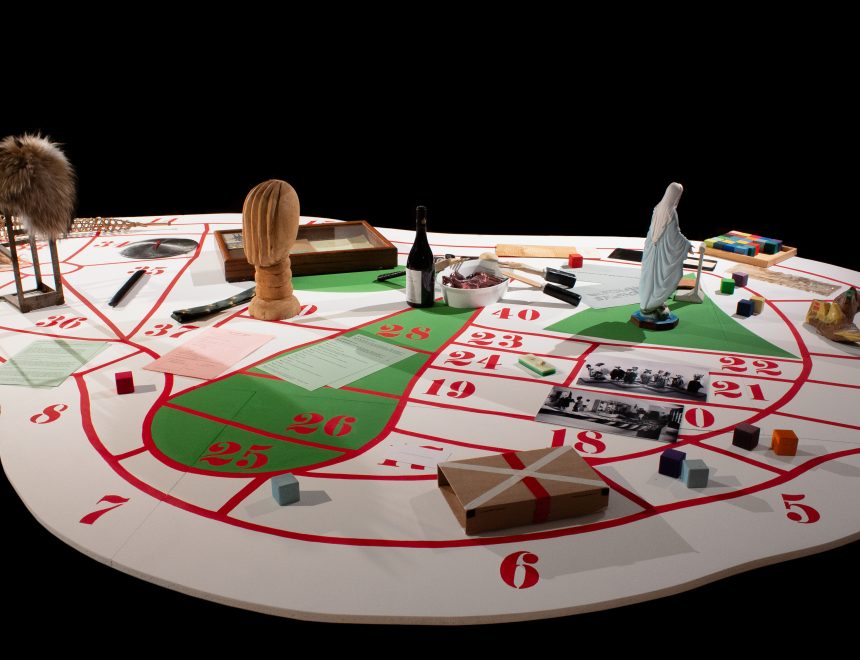
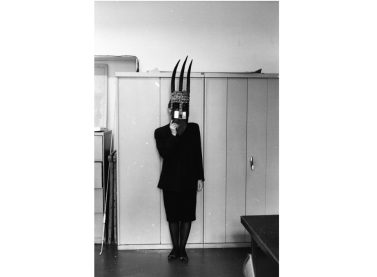
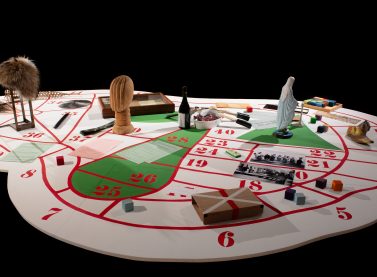
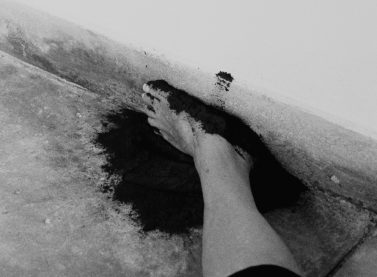
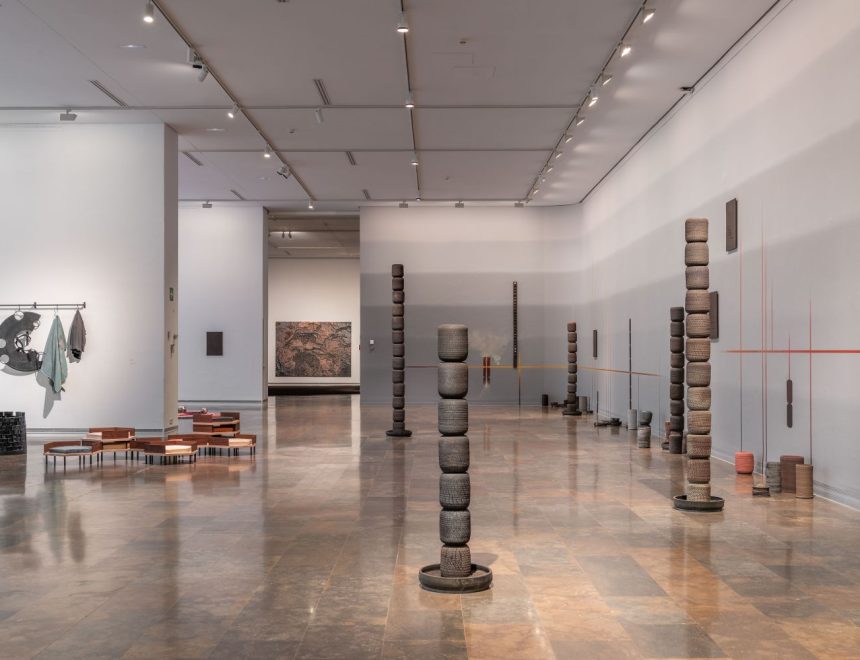
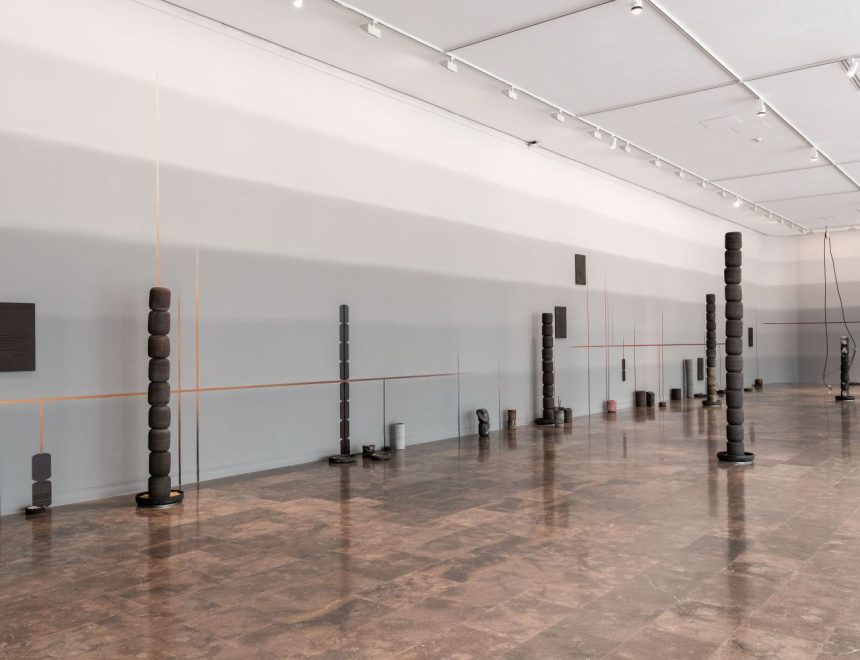

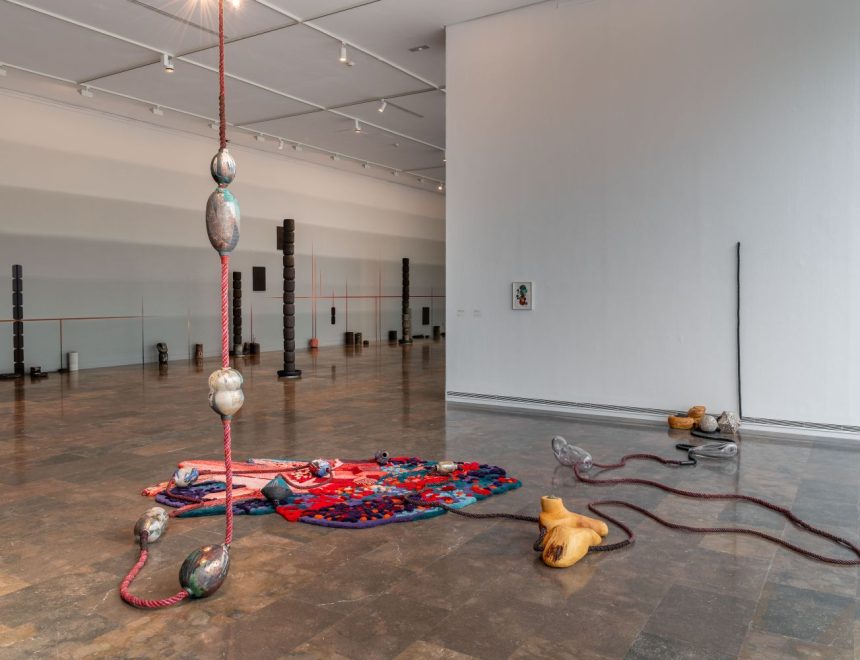
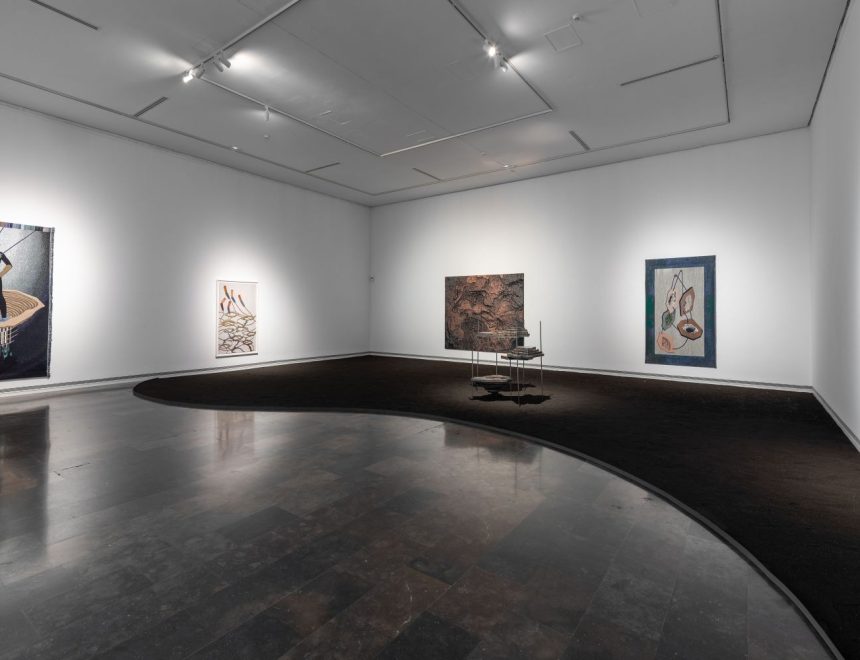
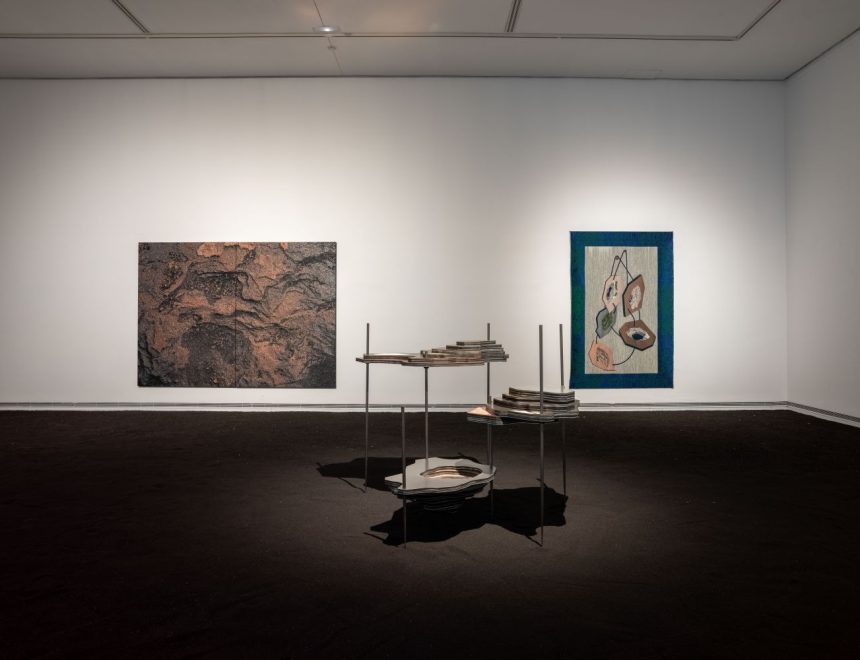
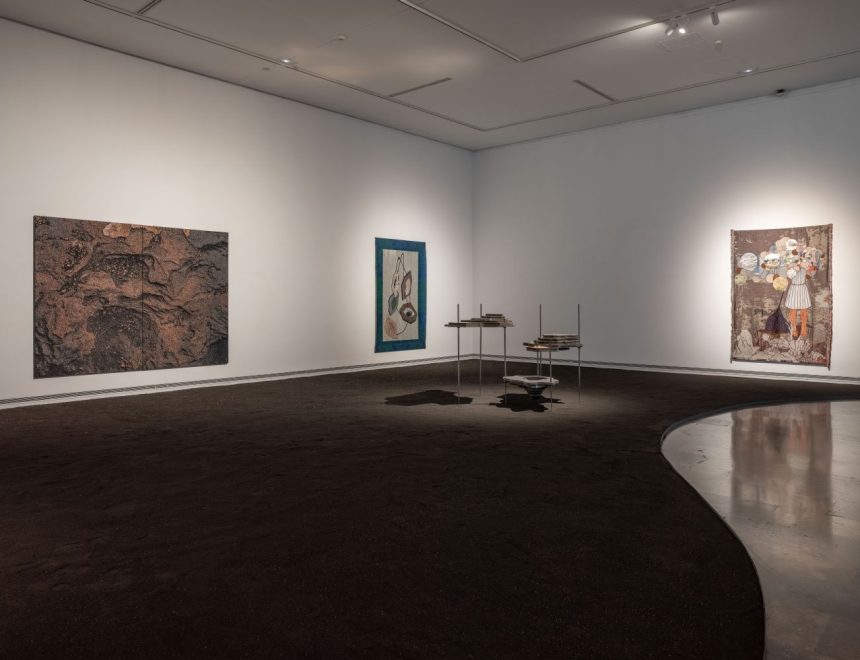


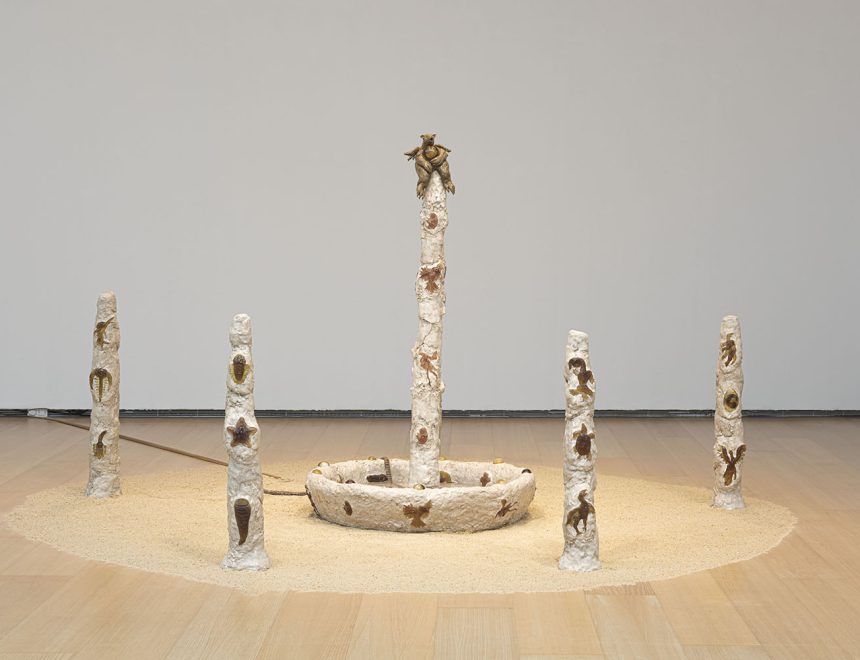
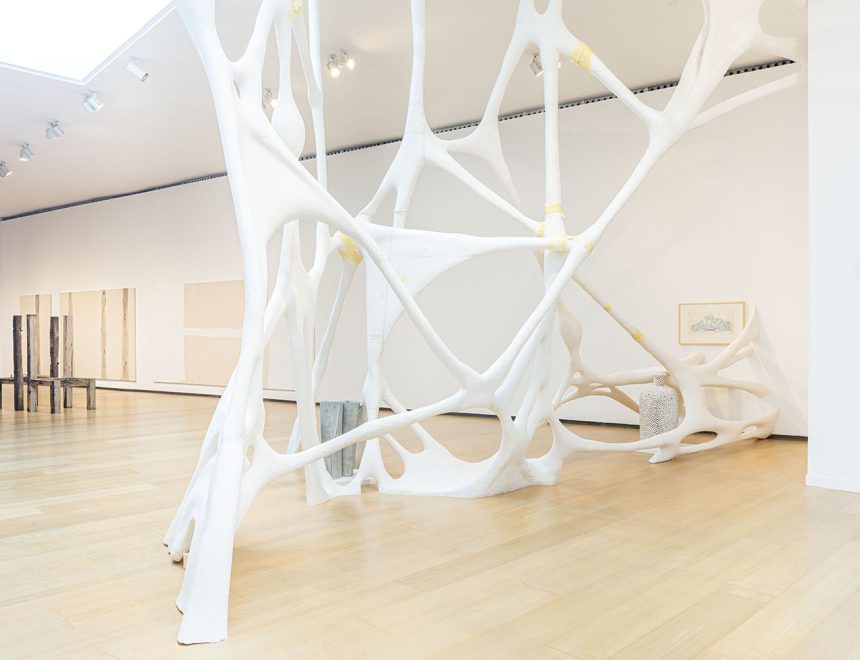
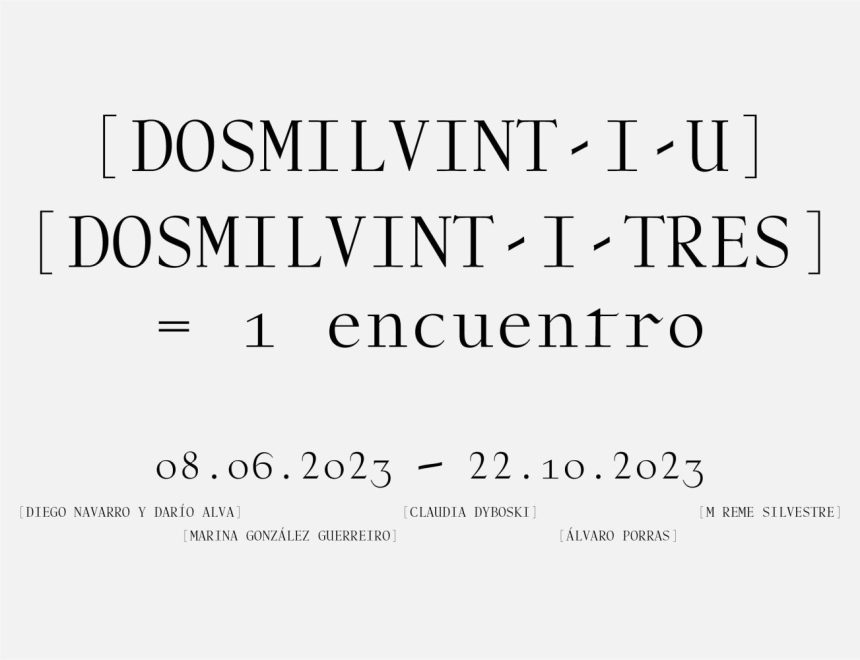
![Presentation and opening [DOSMILVINT-I-U] [DOSMILVINT-I-TRES] = 1 encuentro](https://ivam.es/wp-content/uploads/exposiciones/programa-de-art-i-context-exposicion-proyecto-2021-2023/aic_web-377x277.jpg)
